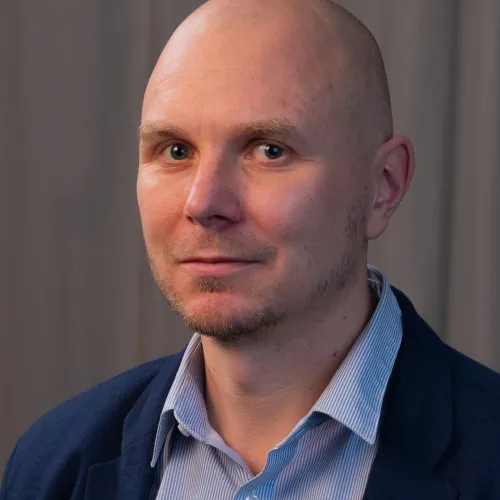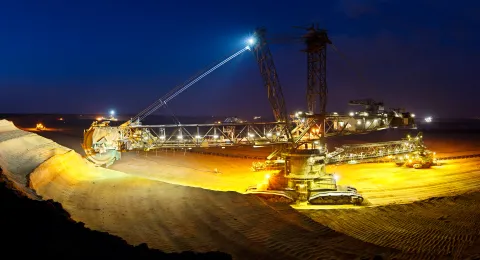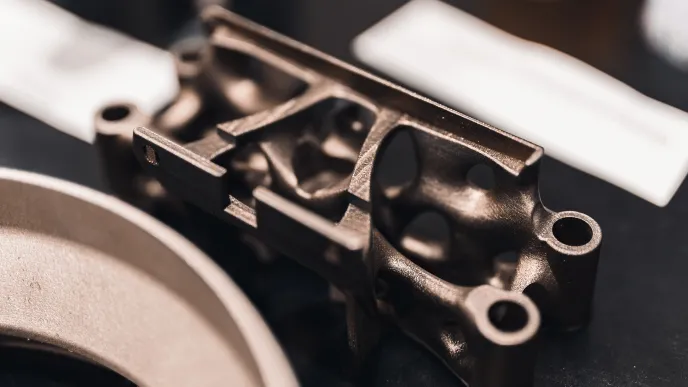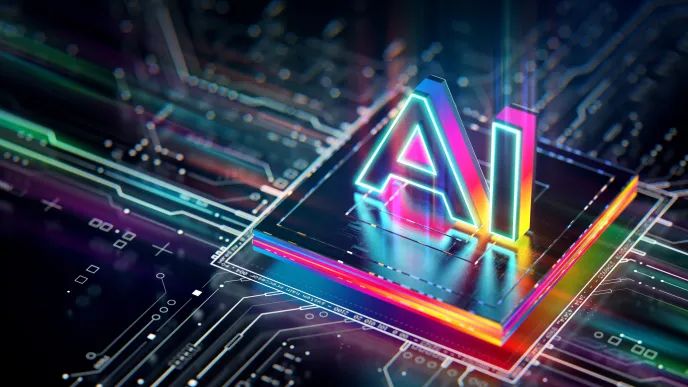The environmental impacts of the mining industry raise concerns, but the products of the industry are something we cannot live without. The green transition will increase the demand for critical metals and minerals considerably in the coming years. Metals are also necessary in products that are essential to the security of supply.
LUT University’s current docent and former industry professor Jutta Nuortila-Jokinen has built a lengthy research career around research on side stream utilisation in the forest and mining industries. The forest industry has long been developing new business out of side streams and recycled fibres. In the mining industry, however, this type of thinking is still in its infancy.
The consistency and properties of side streams requires close inspection
The mining industry typically zooms in on the primary metal that is being mined, such as nickle, and doesn’t give other materials and their use a second thought. In the worst case, only three per cent of the mineral aggregate might be utilised, and the rest ends up in waste piles.
“The probing stage should already survey the composition of the mineral aggregate and how it could be processed and utilised to its full extent. That could increase the utilisation rate and reduce waste considerably, expanding the product range and reducing the negative impacts associated with the mining industry, such as waste piles,” says Nuortila-Jokinen.
A product’s environmental impacts depend on its formula and processing. A careful analysis of the product’s composition and physical properties reveals how raw materials behave in further processing and whether they can be used safely in a new way.
“This is essential in all circular economy materials and also restricts their use. We need to know the concentrations of hazardous materials in order to remove them from the raw material and prevent them from ending up in the product itself. Extended producer responsibility makes the producer liable for the entire product life cycle,” Nuortila-Jokinen emphasises.
What is ecodesign?
- Eco-design is a comprehensive way of thinking.
- It aims to minimise a product’s negative environmental, social, and economic impacts throughout its life cycle.
- Eco-design scrutinises the entire life cycle from raw material selection to product manufacture, transportation, and utilisation and on to reuse, repair and recycling.
- The aim is to close material cycles and create a sustainable circular economy.
Geopolymer composites are a good example of collaborative ecodesign
Nuortila-Jokinen was the project manager in LUT’s Urban Infra Revolution a few years ago. The project developed the utilisation of ash from the forest industry, power plants, and waste incineration and tailings from limestone mines. These materials can be used to chemically produce a stone-like, dense and strong material that hardens quickly – a so-called geopolymer composite, which can be used like concrete.
The development of geopolymer composites followed the principles of ecodesign and utilised life cycle analysis to steer product development. When life cycle calculations showed that the greatest impact of geopolymer composites came from process chemicals, new formulas were created. The materials were used to build a noise barrier next to train tracks in collaboration with the City of Lappeenranta.
“We developed product formulas in collaboration with partners and LUT researchers from different fields. The best geopolymer composite formula contained 97% recycled materials. We also showed that the new processing method – 3D printing – significantly reduced the environmental impacts compared to traditional casting.”
Production is efficient where side streams are available
Due to 3D printing – also known as additive manufacturing – the carbon footprint of geopolymer composites was up to 80–90 per cent smaller than that of corresponding concrete products. 3D printing is a low-emission method, and the technology can be taken to where the waste is.
A geopolymer composite made out of tailings is assessed to last in use for at least fifty years, but its useful life can turn out to be much longer than that – even thousands of years. The material can be broken down and reused again and again. In certain purposes, geopolymers also function better than conventional materials. For instance, using concrete to patch a pothole on a runway requires a long drying time, whereas geopolymer dries in a matter of hours, allowing flight traffic to continue.
“The utilisation of side streams is not a core activity in mining, and capital-intensive, conservative companies do not want to invest in it. However, waste processing is a large expense for the companies – especially if hazardous substances are involved,” Nuortila-Jokinen says.
“We should understand that digitalisation, data mining, and artificial intelligence can create new business opportunities and increase efficiency throughout the industry. In addition, they can reduce negative environmental impacts. Technology companies play a key role in the sustainable renewal of the mining business. We need to seek partners for this purpose beyond Finland.”
How can we get the circular economy to take off in the mining industry?
- The mining industry needs to develop more efficient production processes and value chains and more valuable products.
- Digitalisation, data mining and artificial intelligence create new types of business opportunities.
- The circular economy can make worthless material valuable. Upcycling means that originally worthless waste or side streams are turned into valuable, high-quality products.
- Business that utilises waste as raw material by means such as low-emission 3D technology should be introduced at the waste source.
Regulation can accelerate development
One of the obstacles holding back the development of circularity in the mining industry is price. Related product manufacture always entails processing in one way or another, such as drying, screening, and removing unwanted substances. The more processing a raw material requires, the greater its costs are. Also, the market for the products is in its infancy: demand is low.
For the circular economy to truly take off in the mining industry, the price gap between conventional and novel products needs to be reduced. This can be done by taxation, favouring low-emission products containing recycled material in public procurement, and tightening environmental requirements. Customers can voice their demands, but legislation is the key to shifting development in this area into high gear.
“Compared to the forest industry, the mining industry is lagging behind and needs to catch up. There’s a lot to do but also a lot to gain: we’re in a hurry to reduce emissions, and the demand for mineral resources is growing. The mining industry needs to look at the big picture in terms of ecodesign – not just individual elements of it. We need to take action and adopt a new way of thinking.”
Sustainable development needs extractive resources
The demand for critical metals and minerals used in electronics and smart devices will snowball in the coming years. The green transition of the energy sector is impossible without metals, and their availability cannot be ensured merely by recycling.
Not only are minerals and metals a part of our daily life – they are also necessary for the security of supply of items critical for residents’ livelihood and the national economy, infrastructure, and defence.
These matters will be addressed in the international science conference Xplorer at LUT University in Lappeenranta 11–12 June 2024. The conference is targeted for researchers, decision-makers, and anyone who needs more information about the mining sector. The conference focuses on different aspects of security and the security of supply: how geopolitics and the energy transition affect the mining sector.
What is Xplorer?
- Xplorer is a network of universities and universities of applied sciences that steers the mining industry towards a circular economy.
- It promotes sustainability in the mining sector by conducting research, developing education, and helping businesses operate in a sustainable way.
- It brings mining experts together and boosts interest in mining studies.
Separation technology education and research at LUT
Separation technology is based on understanding and modelling physical and chemical phenomena. It falls within the scope of chemical engineering, which is one of the fields of study and research at the LUT School of Engineering Sciences.
Separation technology research serves the purposes of the mining, metal refining, pulp, paper, chemical, food, and pharmaceutical industries, future biorefineries, and many other areas.
LUT conducts mining industry research on its SCI-MAT research platform (Sustainable circularity of inorganic materials), which aims to respond to the inorganic materials needs of industry while taking into account social, economic, and environmental sustainability.







